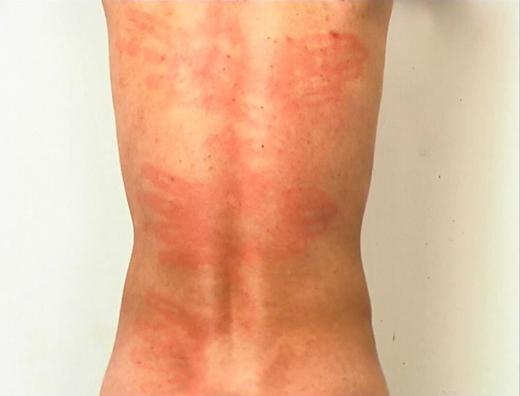UNCERTAIN PLEASURE: ACTS OF SENSATION
GALLERY 206
In the mid-1990s Chinese artists began to participate in international biennials and other shows accompanying the rise of global contemporary art. Many works of this period deal with various artistic ideas making their way into China and present theoretical critiques of China’s place in a newly global world. Ai Weiwei, who returned to Beijing in 1993 after a decade in New York, spearheaded a series of journals as a forum for Chinese conceptual artists to exchange ideas and to place their work in a wider, international conversation. He advised, “Always distrust authority, be suspicious of centralist theories, doubt your alleged cultural influences.” Many of the artists in this show appeared on the pages of these Black, White, and Grey Cover Books.
One of the key practices that took hold was performance art. In 1994, a makeshift community of outliers and drifters gathered in a neighborhood on the outskirts of Beijing that they dubbed the “East Village.” There, in the shadows of high-rise construction, artists used their bodies in feats of extreme physical and psychic endurance to realize a matter-of-fact connection to real life.
Another direction was at work in Qiu Zhijie and Wu Meichun’s exhibitions Image and Phenomena in Hangzhou and Post-Sense Sensibility in Beijing. The participating artists created an art of sensation and conceptual realism in implicit dialogue with Young British Artists artists such as Damien Hirst and Marc Quinn.
Incorporating animal and even human body parts, their installations and videos stressed the importance of what they called the “intensity of perception.” These radical exhibitions presented young artists who concentrated on “the lowest and most basic level of physiological and psychological experience” to bring art back into the realm of visceral reality.




